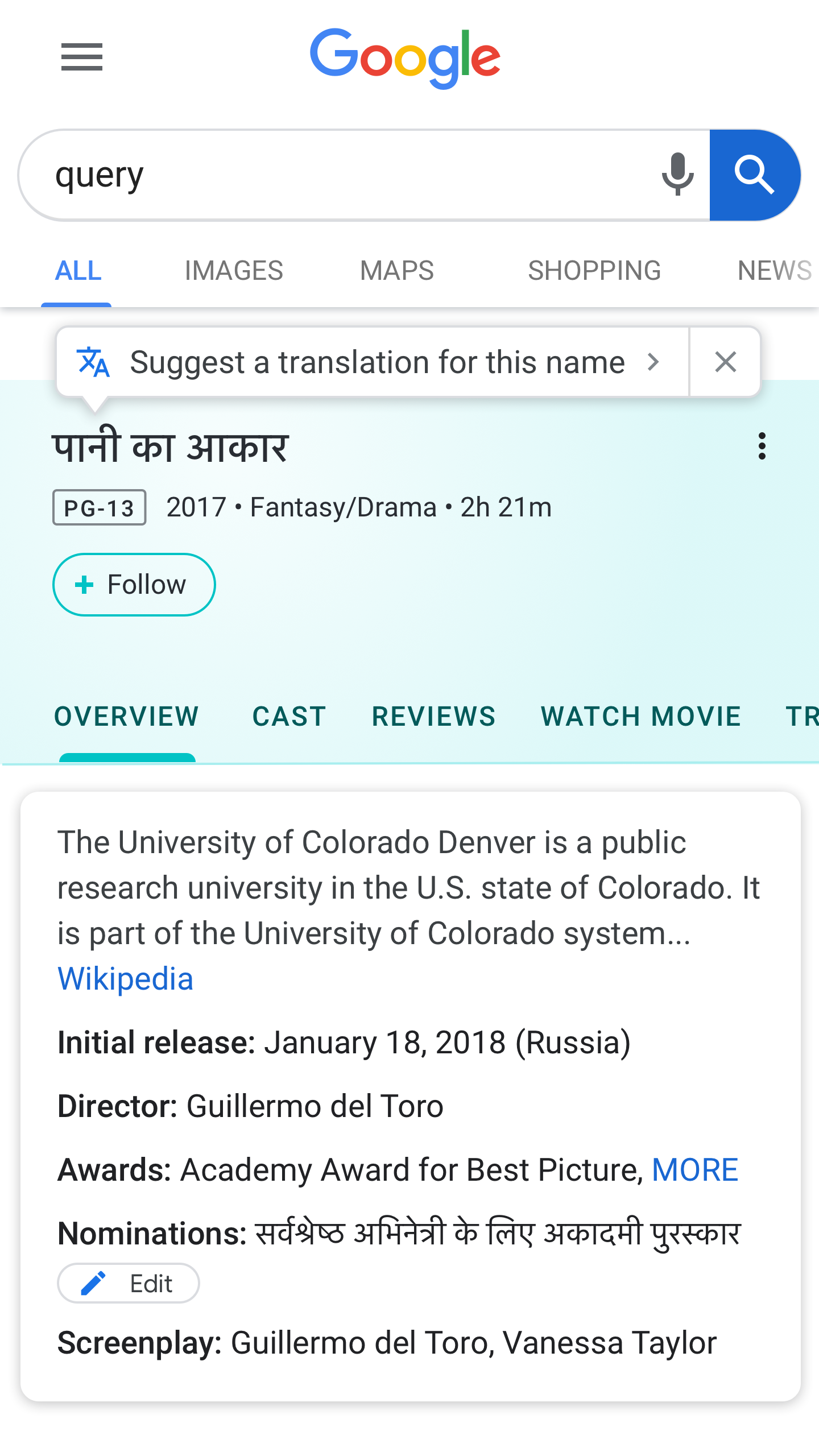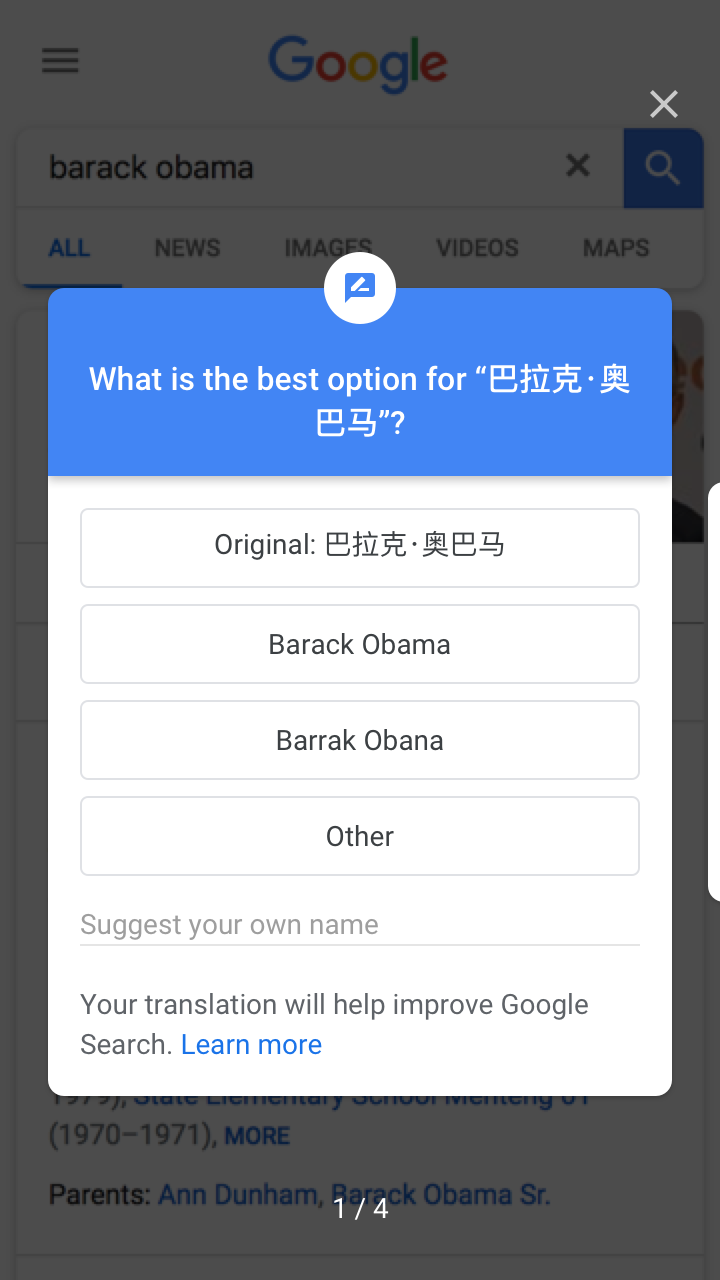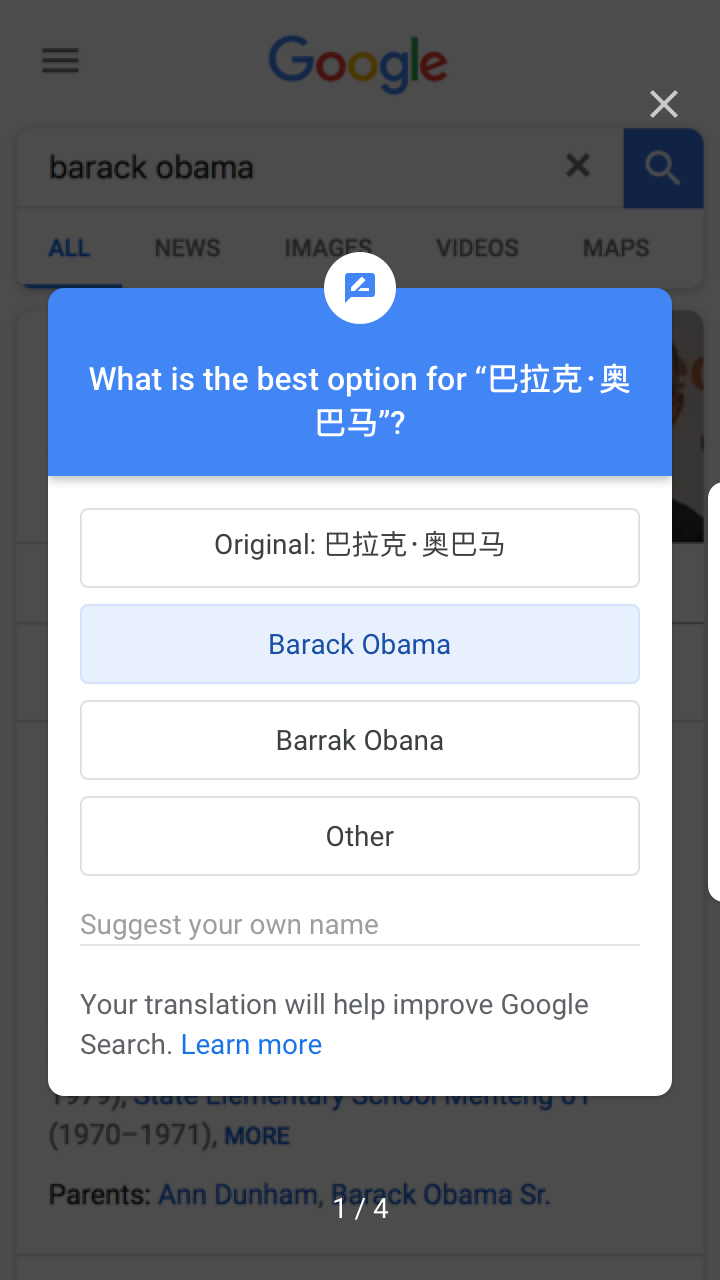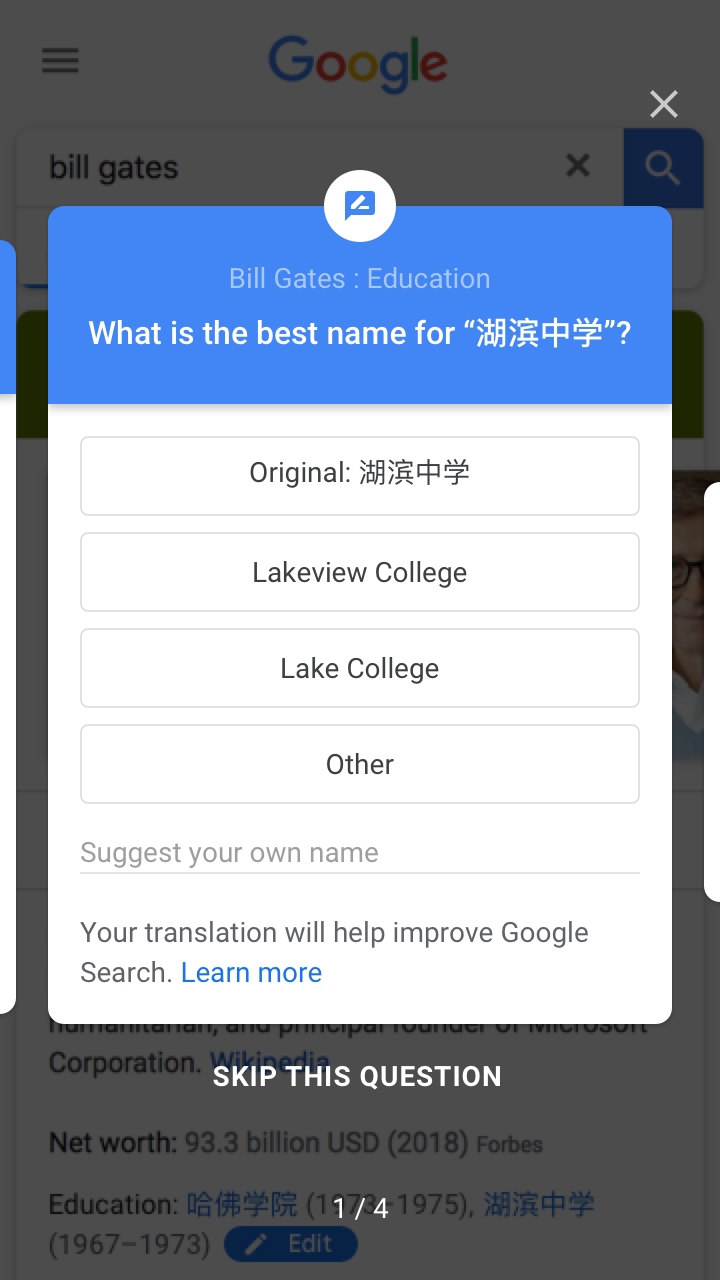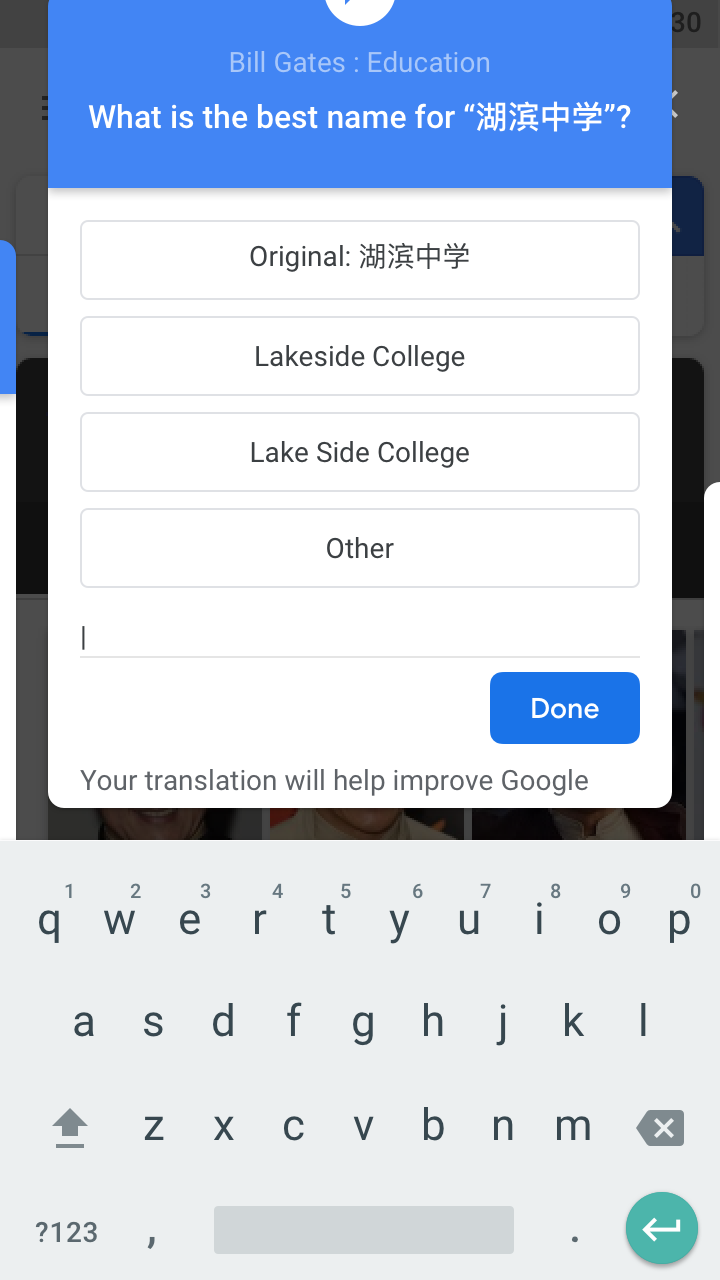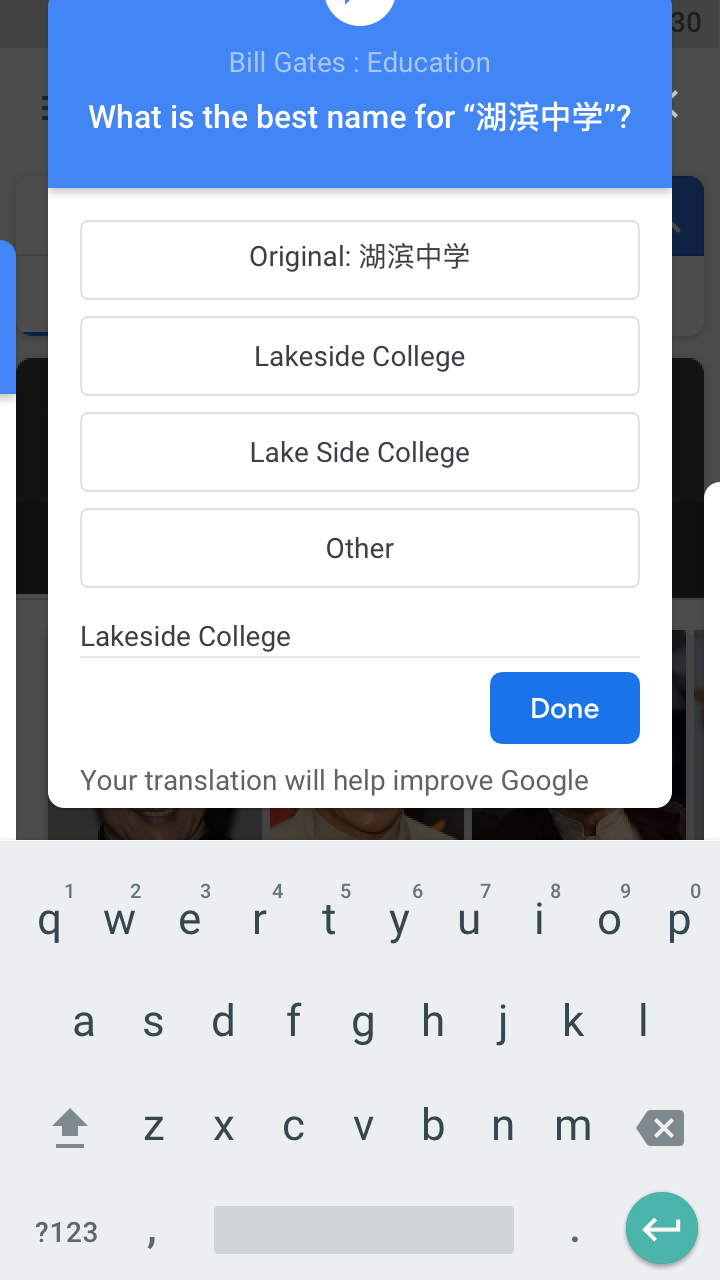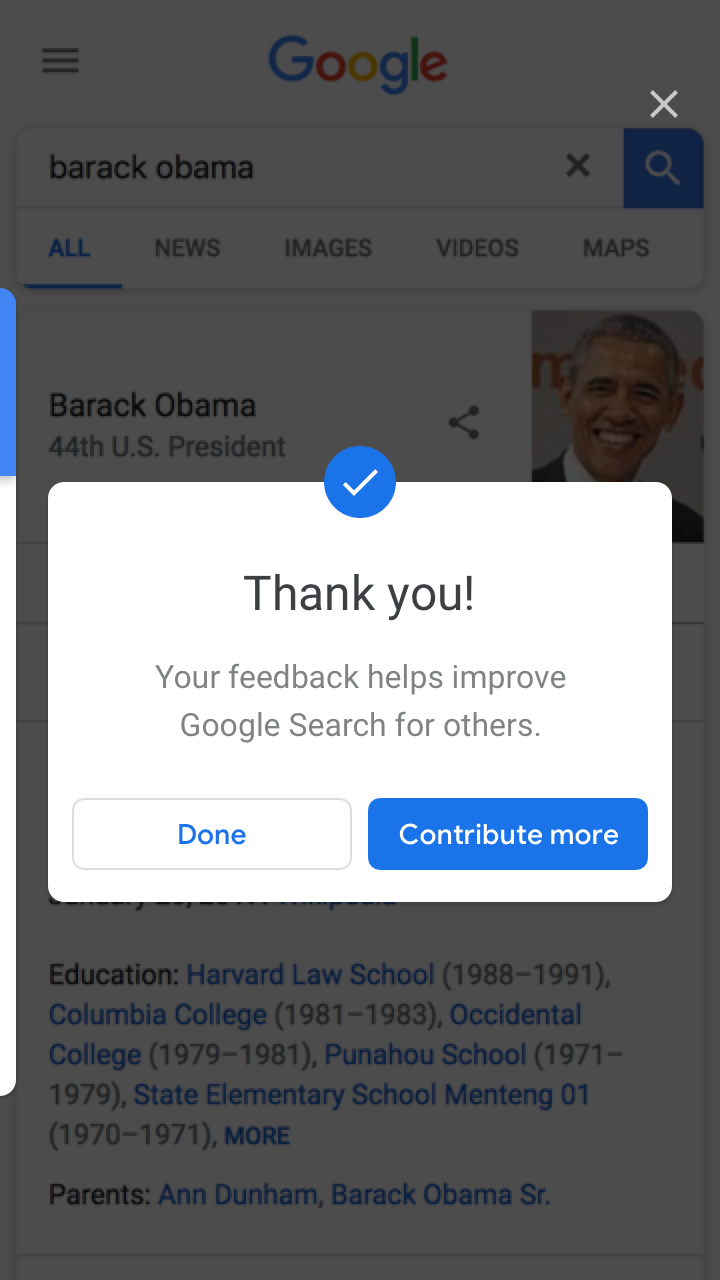How can Google empower those coming online for the first time and the unique cultural needs of emerging markets?
The Challenge
Emerging markets like India, Thailand, Arabia (Saudi Arabia, Egypt, etc.), and others differ vastly from the “First Billion Users” of Google.
These “Next Billion Users” speak speak multiple language, have older and smaller phones, lack local content, and many other unique qualities.
How can Google serve these needs and empower new users?
Time
18 months
2017-2019
Collaborators
5-6 PMs (across different projects)
1-8 engineers per team
Rapid research team
UX Researchers
UX Writers + Translators
UX Engineer
Processes
Immersion Research (Saudi Arabia, Egypt, India)
Immersion Research Data Analysis (Thailand, Brazil, Germany)
Prototyping (Low to High Fi)
Motion design
Sketch, Wireframe, Launch
some context
Multilingualism and lack of local content
The world is full of multilinguals. Indians, alone, speak an average of 4 language. So what language do you search in?
Arabia and India also lack local/localized content. “Google is an American company…” “The internet is for English only.” How can we make the internet work for these users when they lack content?
the solutions
NBU Ugc (User generated content)
Google Search is full of non-localized facts. How can Google leverage bilingual users’ knowledge?
These features call out non-localized content and prompt users to help fill in the gaps.
Toledo
Most people search in English out of habit or lack of local content. By leveraging Google Translate, Google can bridge the content gap.
Language monthly
4 rounds of monthly rapid research. Role included:
coming up with research questions
creating research plan
making explorations/prototypes
analysing results
iterating on results
Studied bilinguals with English and Hindi, Chinese, or Spanish.
Project size: Small
Right-to-Left (RTL) Languages
Google, and most of the internet, is designed for left-to-right (LTR) languages. What happens with RTL languages? Do carousel directions flip? Do back and forward arrows flip? Is everything RTL or are there LTR elements as well?
With an immersion research trip and rounds of rapid research, we’re able to better understand RTL language and culture, and thus, design a more localized Google.
Arabia immersion trip
Analyzed data points from previous research across multiple platforms. Used these findings to create research questions/plans for the immersion.
Planned multiple research plans. Created wireframes and interactive prototypes.
Iterative prototyping during immersion in response to research responses.
Presented findings to design directors, procuring additional funding and headroom for RTL design efforts.
Project size: Medium
Right to left (RTL) Scannability test
Arabian cultures often use both RTL and LTF text and will even incorporate the two together in context. Thus, what is the best way to arrange images, text, and urls for the most efficient reading?
Wrote research plan, created prototype, and, with a UX Engineer, built a scannability research tool. The first of its kind at Google Search.
This program was eventually expanded into testing the scannability of Google’s Search Results Page in other contexts.
(See project above to see the scannability test.)
Feature Phones and First Time Users
Remember flip phones? India and North Africa certainly does.
What experience are these users using on D-pads with a screen a third the size of a smartphone? Especially when many are experiencing the internet for the first time on these interfaces.
Feature phone sprint
This sprint produced more efficient navigation and better use of the small screen real estate.
Project size: Medium
Rich Features
International markets have unique cultural needs and traditions.
Google launched features aimed to fulfill these user needs.
Train Statuses (India)
India’s train system is hectic.
More than 520K long-distance tickets are per day, with a peak of 1.4M tickets in a single day. 20% of these bookings are placed on waitlists.
This new feature helps users keep track of ticket statuses in a clear, efficient way.
Lotto OneBox
In Thailand and Brazil, lottery is a large part of everyday life.
These lottery explorations incorporate liveliness, delight, and new Chrome features.
Launched designs include tabs to track multiple games, timing messaging, and updated UI designs.
Project size: Small

